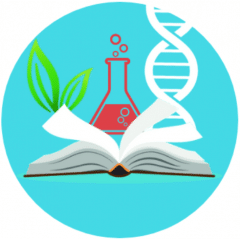| Name:
Evolution |
|
True/False
Indicate whether the sentence or statement is true or false.
|
||
| 1. |
The theory of evolution states that species change over time.
|
|
| 2. |
The inheritance of acquired characteristics was one mechanism of evolution supported by Darwin.
|
|
| 3. |
Darwin observed that the plants and animals of the Galapagos Islands were the same as those on islands off the coast of Africa with similar environments.
|
|
| 4. |
The book Principles of Geology by Charles Lyell described how changes in land formations can cause species to evolve.
|
|
| 5. |
In his “Essay on the Principle of Population,” Malthus said humans were the only population that could continue to grow in size indefinitely.
|
|
| 6. |
The two major ideas that Darwin presented in The Origin of Species were that evolution occurred and that natural selection was its mechanism.
|
|
| 7. |
The environment dictates only the direction and extent of evolution.
|
|
| 8. |
The environment selects which organisms will survive and reproduce by presenting challenges that only individuals with particular traits can meet.
|
|
| 9. |
The way an embryo develops is not important in determining the evolutionary history of a species.
|
|
| 10. |
Within populations, divergence leads to new species.
|
|
|
Completion
Complete each sentence or statement.
|
||
| 11. |
When an organism becomes ____________________, the tissues are replaced by harder minerals.
|
|
| 12. |
A species that has disappeared permanently is said to be ____________________.
|
|
| 13. |
A change in species over time is called ____________________.
|
|
| 14. |
The process by which organisms with traits well suited to an environment survive and reproduce at a greater rate than organisms less suited for that environment is called ____________________.
|
|
| 15. |
According to Darwin, the ____________________ determines the rate at which organisms survive and reproduce.
|
|
| 16. |
A(n) ____________________ consists of all the individuals of a particular species in a particular place.
|
|
| 17. |
Homologous structures are similar because they originated in a shared ____________________.
|
|
| 18. |
____________________ structures are similar because they originated in a shared ancestor.
|
|
| 19. |
Closely related species show more ____________________ in nucleotide sequences than distantly related species.
|
|
| 20. |
____________________ occurs as two or more species change in response to each other.
|
|
| |
|

